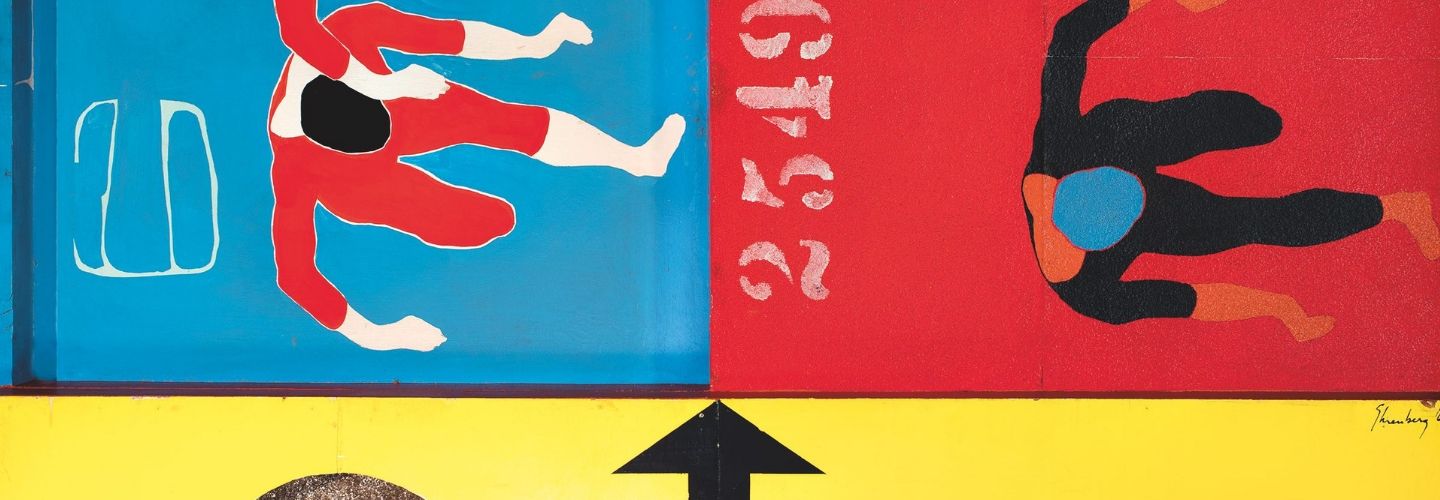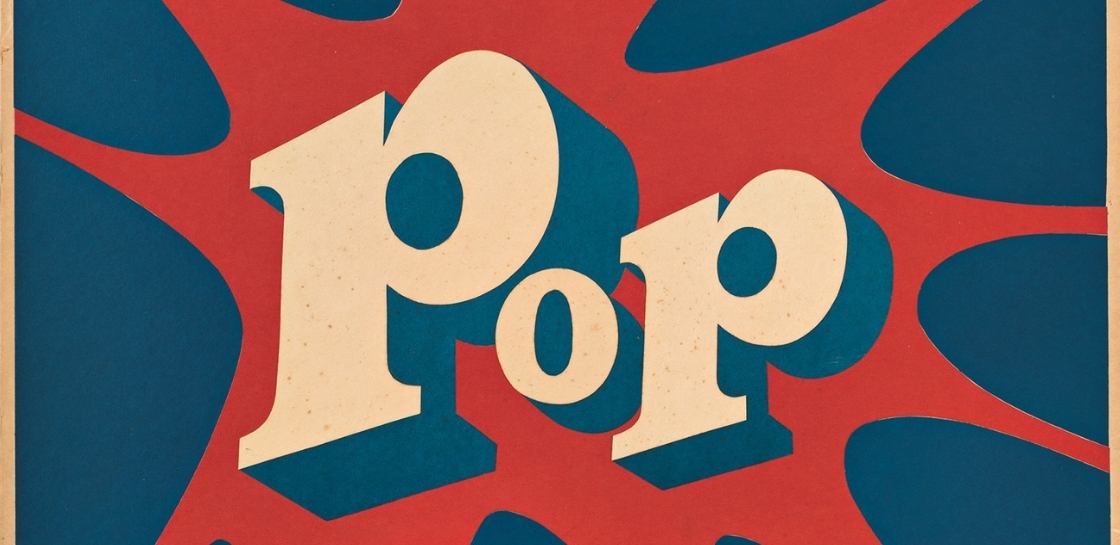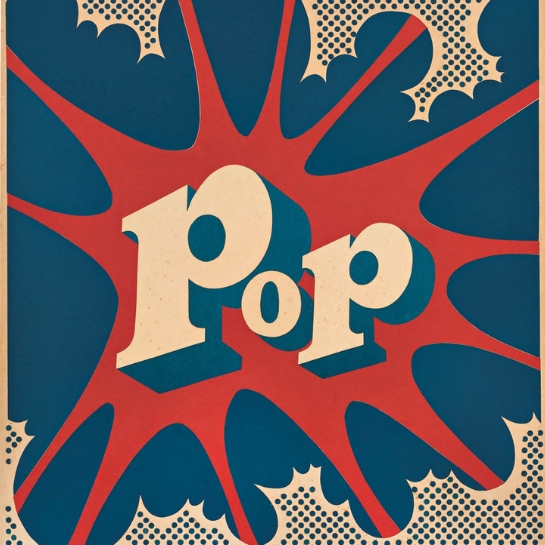Event Details
Date & Time:
Wed October 2, 2019
6 PM
Location:
The Block Museum of Art
40 Arts Circle Drive
Evanston, IL 60208
Audience:
Open to the public
Details:
 The ground-breaking exhibition Pop América draws attention to Latin American and US Latino/a artists who turned the “Pop” of Pop art into a verb by using familiar images of modern life—including mass media, fashion, food, and advertising—to make forceful interventions into art and society. Audience members will have a chance to hear directly from Esther Gabara, curator of Pop América, about the politics of Pop as well as the artists from across the hemisphere who shared dreams and struggles over the idea of a singular América.
The ground-breaking exhibition Pop América draws attention to Latin American and US Latino/a artists who turned the “Pop” of Pop art into a verb by using familiar images of modern life—including mass media, fashion, food, and advertising—to make forceful interventions into art and society. Audience members will have a chance to hear directly from Esther Gabara, curator of Pop América, about the politics of Pop as well as the artists from across the hemisphere who shared dreams and struggles over the idea of a singular América.
Gabara is E. Blake Byrne Associate Professor of Romance Studies and Art, Art History & Visual Studies at Duke University. She will be joined in conversation by Alejandra Uslenghi, Northwestern Associate Professor of Spanish & Portuguese and Comparative Literary Studies, and Daniel Quiles, Assistant Professor of Art History, Theory, and Criticism at the School of the Art Institute of Chicago.
This program is presented in partnership with the Northwestern University Department of Spanish and Portuguese.
Contact The Block Museum of Art for more information: (847) 491-4000 or email us at block-museum@northwestern.edu



